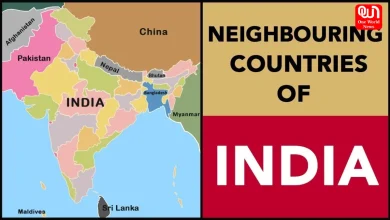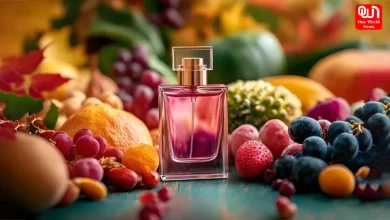Art of Broken pieces


“When the Japanese mend broken objects, they aggrandize the damage by filling the cracks with gold. They believe that when something’s suffered damage and has a history it becomes more beautiful”
Billie Mobayed
Kintsugi or Kintsukuroi is the Japanese art of fixing broken pottery with a special lacquer mixed with gold, silver or platinum. The process ultimately results in something more beautiful than the original. In this context, One World News had an interaction with Paul Pustenik, a Kintsugi artist who discusses his uplifting and hopeful art as a metaphor for dealing with the times we feel broken in life.
How did the idea strike to you?
I saw a picture on the web of a cracked bowl last December mended with gold and in the description it said “and it was more beautiful for being broken.” I related to it immediately and wanted to learn how to do this.
When and where was this art started?
My kids and I started buying bowls and vases from donation shops late December and January. We read the different techniques online and used that too create our own. We create and store these in a workshop in the basement of the house. My kids are major part of the whole business. They see how it helps people and read the feedback. They take pride in being a part of this.
What does this art signify?
This art is the perfect metaphor for a life that is lived. Nobody has a perfect life. Everybody breaks. And now that you realize you broke, what are you going to do with that? This art says, ‘to find your glue and your gold. Mend yourself.’ The bonds are stronger where the glue is applied. Then, decorate those cracks with gold. Be proud that you healed yourself. Be thankful for the beauty of strength this has given to you. Your brokenness defines you. It shows that you take chances, you try and you fail. But you still try again.
What all comprises in a Kintsugi Kit?
We use tools such as sanding drill to smooth edges. We fill boxes with sand to brace the pieces as we put them back together. Strong glue, gold flaked paint and brushes bond them. As a final touch, we add a gold gem to the spot that we first put the glue to symbolize the first place of healing.

What is the Kintsugi technique all about?
The Kintsugi technique is all about patience. When something breaks, like ceramics and pottery, it often shatters into many pieces. In order to properly put these back together, you need to glue one piece at a time and wait for it to solidify. Some pieces might take a week to finish because each day a new piece is added. Again, like life, you can’t fix everything at once. Impatience causes anxiety which can cause the mending to fail.
How do you mix gold, silver and platinum into Lacquer?
We have developed our own technique and style of Kintsugi. It is not traditional. We felt that the important part was making these artistic symbols available to as many people as possible. The pieces that use real gold and silver are very expensive, and rightly so.
Any incident that made you chose this form of art?
I had a life altering event in November of last year. I see it as a gift to myself. Before that, I was regretful, jealous and angry. Now, by understanding the concept of “more beautiful for being broken”, I find myself thanking the heaven for all the small things. It’s such a wonderful way to live!

Have you put these up in any exhibition?
I have not. This all has really surprised me. When we started, our goal was to sell one. To make a difference to one person. This has shot off like a rocket since then. So, maybe.
Have you received any award or title for this?
I have not. The email responses have been my awards. One of the best rewards was someone e-mailed “It’s like it gives me permission to heal.”
Do you conduct any workshop to train others?
Currently we do not hold any workshops. That idea has been discussed, but for now, we are focusing on growing the business.
How was the first public response?
The first response was amazing. In late January, I put the website up with products and no shopping cart, just to get it done. Within a day an e-mail from a woman that said she was trying to buy one of the bowls, but could not. We sold three the first week. Within in a month, we were selling 5 a week. Now, we sometimes sell 10 in a day. And, 25% of our current customers are outside U.S.

Since all are equally beautiful, how do you determine price range of different pieces?
We base our prices on how long it takes to mend, how large the object might be to wrap and ship and lastly, how expensive or rare the piece might be. We try hard to make sure we are just charging for the time it takes and less about the materials. We want to give this gift to as many people around the world as possible.
Have a news story, an interesting write-up or simply a suggestion? Write to us at info@oneworldnews.in







